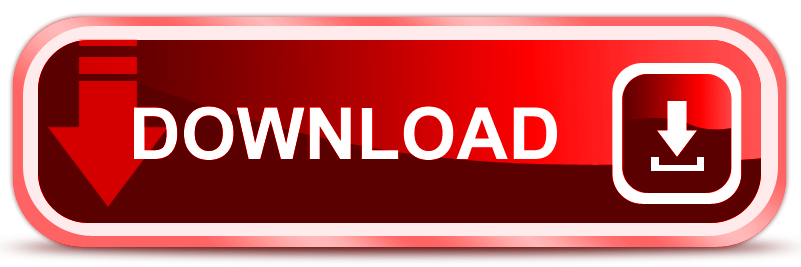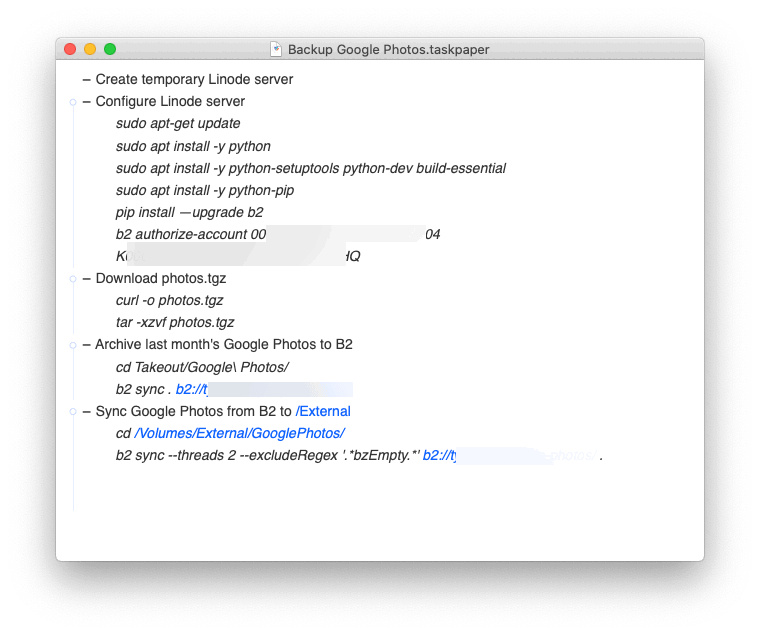Taskpaper 3 7 5 – Simple To Do Lists

- Taskpaper 3 7 5 – Simple To Do Lists List
- Taskpaper 3 7 5 – Simple To Do Lists Printable
- Taskpaper 3 7 5 – Simple To Do Lists Words
- Taskpaper 3 7 5 – Simple To Do Lists For A
TaskPaper 3.8.2 macOS 12 mb. TaskPaper – Plain text to-do lists. TaskPaper is a plain-text to-do list that’s surprisingly adept. Thoroughly modernized. TaskPaper 3 is all new, while still retaining the same plain-text design that’s been getting things done since 2006. Homepage: https://www.taskpaper.com. For Mac users who want an easier way to make lists and stay organized. TaskPaper is a simple to-do list that's surprisingly adept. Unlike today's complex organizers, TaskPaper is just about you and your tasks.
Time and task management is a must for business administration and performance. Those who manage their tasks and time efficiently are assured success in business. Taskpaper is state of the art software that allows you to organize and schedule the tasks that you are to perform. This reduces the wastage of your time and amplifies your performance. Taskpaper is a simple and an effective to-do listand GTD (Getting Things Done) software. It requires Mac OS X 10.5+ or iPhone OS 3.1+ operant systems.
Compress 1 0 3 – image compression file. At Taskpaper you are provided with a complete inventory of all your tasks, organized and reviewed in a systematic way, you can focus clearly and make trusted decisions about what to do (and not do) at any moment. GTD embodies an easy, step-by-step and highly efficient method for achieving this relaxed, productive state.
This interface provides you with to-do List software that facilitates GTD and helps you focus on actionable items. With Taskpaper you can manage your tasks in different lists and assign multiple tags to them. Taskpaper has an astoundingly user-friendly navigability. It has been designed to create to-do lists with smart keyboard shortcuts.
Taskpaper thereby helps you increase productivity, in managing tasks. It is equipped with many a useful applications including Plaintext that is a simple editor with a easy navigable interface unlike the default Notes editor. Apart from giving you the ability to create quick things to-to list and assign tags, Taskpaper lets you filter and group by everything. You can not only filter by lists, tags, dates, priorities or “done” state of the tasks, but also group your items automatically, to have a better look of your to do list.
Features of Taskpaper
Taskpaper has been designed by our experts with utmost caution so that it can be used to its full potential. Rubymine 8 0 3 download free. The following in-built features will improve your performance leaps and bounds-
- Create quick to-do lists.
- “Plaintext”- the in-built editor helps you to create lists without any hassles unlike the default Notes editor.
- Organize tasks in different lists.
- Filter Tasks by lists, tags, dates, priorities.
- “Quick cursor” is a text editor that offers you superlative text editing platform. There is a keyboard shortcut to this editor that you can assign to any key.
- Sort tasks according to different criteria.
- Your task lists are synchronized online through “Simple text”. Simple text stores your to-do lists and keeps them synchronized between your work and home and on the move with your iPhone.
- Hotkeys (keyboard shortcuts) for everything.
- Taskpaper is also available on Mac and iPhones.
- It offers you with a “write room”- that is a writing environment where you can concentrate on your things to-do list without any interference.
The simple and intuitive Taskpaper platform provides online task management to help you stay ahead of your schedule – without that nagging feeling of having forgotten something. Ember 1 6 – versatile digital scrapbook. Our clutter free online task list shows only the tasks ahead of you. With utility features Taskpaper always gives you the extra edge.
Download : TaskPaper
Going minimalist with my note taking tools has been a fantastic boon to my work flow. Using applications and tools that let me access my data set of files, without taking them over and making my work flow conform to the needs of those applications, has removed a whole set of steps, perhaps most importantly the one between capturing ideas and processing them to finished work.

Here’s what I’m doing now:
My basic item for note and thought collection is a scrap of text file.
- I had been using rtf’s, and before that rtfd’s, but the value of rich text, now that I have learned a bit of markdown, is gone. When I need to gussie up some text for presentation, I can do it at the time of printing or publication.
- All my text files, along with my pdfs, and any stray image files I may use for recording events, are named based on my file system infobase.
- So far I am not using the title and tag metadata functions of multimarkdown, but it’s nice to know there there if I ever need it.

Microsoft office photoshop software download free. I’m using a single data folder in Documents, my SimpleText folder, for current notes – Current Etrecheck 4 1 – for troubleshooting your mac computer. is the key concept.
- It’s so easy to drop a text clip, link or file into Notational Velocity and then come back to it later to expand, update, revise (or drop) it.
- I let Notational Velocity save its data as separate text files, targeting the SimpleText folder. This is where all my WriteRoom iPhone notes reside. as well.
- When I’m working on a piece of writing I’ll dump it in this folder so it’s available no mater what device I pick up. When it’s done or ready for printing it comes out and is filed.
- For the time being the bulk of my other notes are in other separate folders, along with pdfs and some image files. Why? I don’t want to overtax the free service Jesse is providing, and it gets hard to find current items in WriteRoom iPhone without more sorting options — ascending vs descending — but slowly, as I feel more confident, files are collecting in Simpletext.
- I have a folder called Topics, with a few dozen sub-folders, holding article pdfs, txt files, remnant Office documents, and the old rtf/d’s I’m too lazy to convert to text. These sub-folders act as a single topic tags leting me find like material over and beyond the file name tagging I do in the infobase system.
- I also have a folder for Writing, Commerce, Administration, and Organization. All items in these document-root folders are coded in the infosystem pattern. That lets me do cross folder searches either chronologically (What was I doing holistically in January of 2009?) or by type (List all unfinished writing, or all submitted work) Almost all my larger writing works are in Scrivener files.
- SimpleText and Notational Velocity are becoming a working repository of my unfinished ideas and notes. The best metaphor I can come up with is a pile of papers on a desk, vs the ones in a filing cabinet. I rummage through them, add to them, edit, combine, synthesize, and then commit them to one of the other folders when they are either finished or I become bored with them.
- Notational Velocity was designed to act as a comprehensive repository of note data. I don’t know if that will ever work for me just that way. My data set is very large and diverse, and composed of items other than text. I also find value in wandering through my folders. They remind me of categories and topics. But we’ll see. I dream about targeting my whole document folder with NV one day and having access to all my text files in that cool easy to sort and edit way. (Don’t worry Jesse, I’m not going to throw all that stuff at SimpleText any time soon. I could almost hear him crying up there in Maine.)
I search and edit the SimpleText folder with Notational Velocity, and pop the items up into WriteRoom with QuickCursor for more extensive edits.
- I have QuickCursor hooked up to a keystroke shortcut so I can edit everything in WriteRoom full screen mode.
- Bean lets me do more complicated edits or post processing to make things pretty.
- Even though every app now has a full screen mode, there is still something elegant and well defined in WriteRoom that makes it my drafting tool of choice. With QuickCursor, WR becomes a utility editor for (almost) every thing I do on the Mac.
To organize stuff I use TaskPaper files saved in SimpleText.
Taskpaper 3 7 5 – Simple To Do Lists List
- I have TaskPaper files for my 2010 Life Plan, Current Agenda, and a list of ideas for things to do and places to eat around the city. I love TaskPaper, and I’m sure I’ll add more files over time.
- I can reference or edit them in any WriteRoom/Text editor, and in February now I can edit them in TaskPaper for iPhone.
- TaskPaper feels deceptively simple, but it also feels like it will be extensively powerful as a foldering and organizing tool. Even though it does not fold, as many outliner apps do, it hoists, and acts as a very elegant idea organizer. I’m sure we will all use it as a todo list manager first but eventually those powers of text manipulation will find other uses.
- Here’s a great review of TaskPaper for iPhone
Taskpaper 3 7 5 – Simple To Do Lists Printable
Getting all this data into SimpleText makes me extremely mobile.
Taskpaper 3 7 5 – Simple To Do Lists Words
- SimpleText syncs my data to and from all my machines. I can access it from any of my Macbooks, iMacs, the web, or my iPhone, and I don’t have to think about it.
- I don’t have to do any processing to go from idea collection to idea synthesis, it’s all in the same system. Before, there was always the PITA process of transiting from flaneur to writer, now they are one and the same act; in other words the technology is doing what it is supposed to do.
Taskpaper 3 7 5 – Simple To Do Lists For A
More on file systems, archiving and note taking from Dougist…

Taskpaper 3 7 5 – Simple To Do Lists
UNDER MAINTENANCE